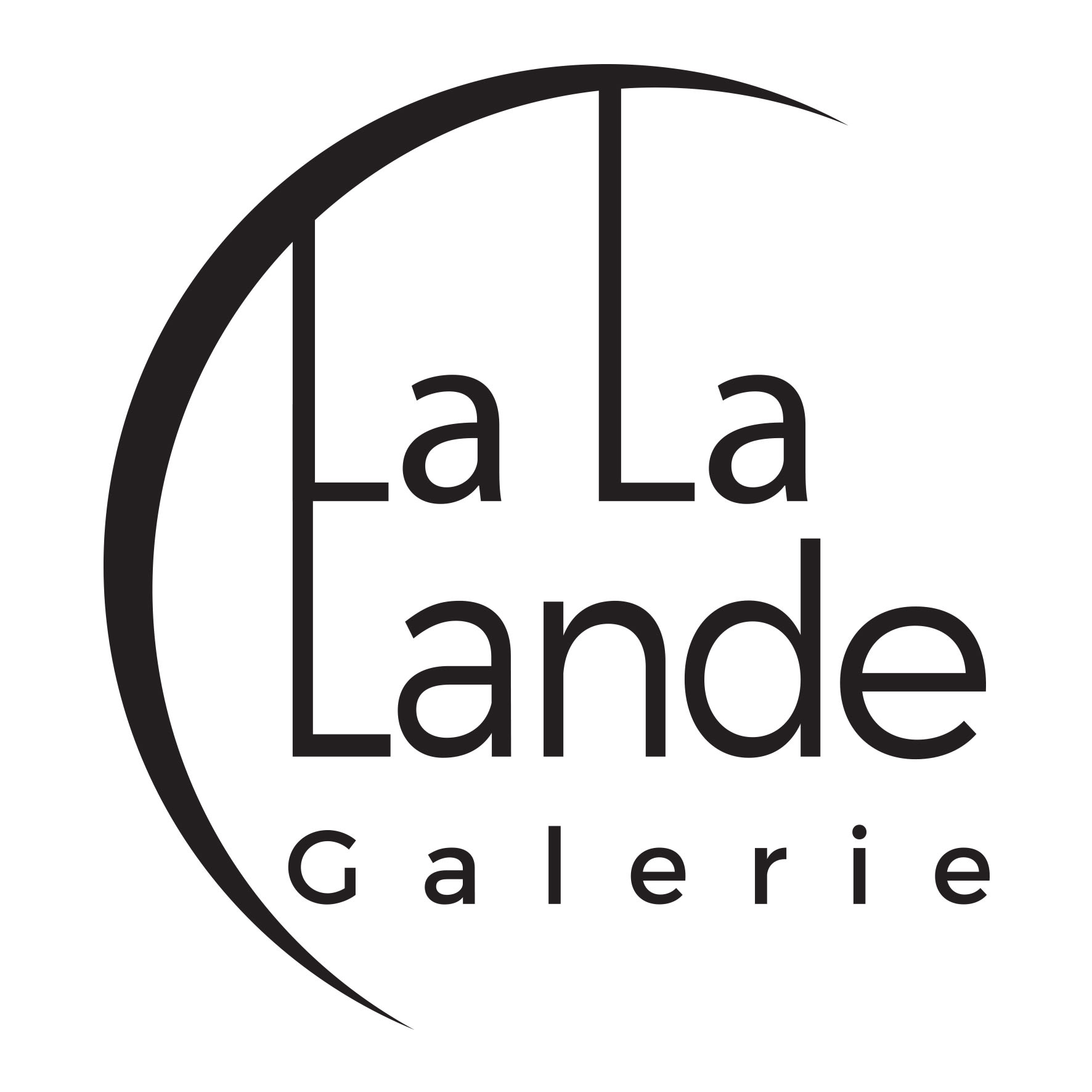« Catch me if you can » is the expression I've chosen to describe Elham's work.
Our eyes are first drawn to the story behind each painting, the spirit of "play" between the elements filling an empty space with their mere presence.
The artist's universe reminds us of things we've already seen, of fairytale dreams. Bodies, emaciated objects, playful skirts, thick lines constrained to a dreamlike reality.
An absolute sensual transmission that begins with the juxtaposition of faces, traced then erased in a colorful décor, gives us access to a utopian world where love is part of our daily lives, juggling reality and dreams. Circus tricks abound: jumps, hoops, double axes, balancing and unbalancing, to reconnect us with our childlike souls, where life was all fun and games. Reality catches up with us in the choice of elements. As she does with people and animals, Elham plays with a whole palette of colors, lines and scales. It's a question of mixing: of transforming reality and seeking out the colorful chords of dissonance to make us forget our present and transport us into our imaginary world.
The place, or rather "non-place", of the actors depicted is indefinite, and confuses our minds even more. This choice of place reminds us of a suspension effect held in place by a line like a puppet guided by its puppeteer, who is none other than us, the viewer of these works, we who tell the story as we have decided to tell it.
The utopia of a world imagined by our subconscious mingles with birds, hilarious or sad heads, fish and ladders in a kind of figurative all-over play on the relationship between form and background. Rather than starting from a background, she starts from shapes, producing distances between shapes, and these shapes then have the potential to become fauna, flora and various objects.
Her game is to announce the color and then check what the color says. She sees in it something other than her own intention, so she follows the intuition of the color, the genius of the color. We let ourselves be guided, towards a gaze where the history of the canvas is invented, at our expense.
A utopian dimension is born here, reconciling a certain idea of happiness and pleasure, but without naivety.
"Who denies happiness on earth denies art?
No good painting without great pleasure?
G. Corneille"
Curator: Sinda DRINE


